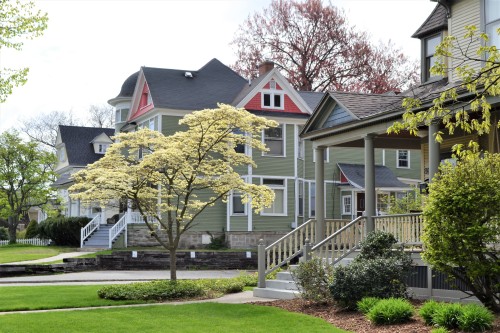Buying a home is a big financial decision and understanding the costs associated with it is essential in ensuring you’re making a solid investment. In Canada, there are a variety of fees and expenses that homebuyers need to be aware of and factor into their budget when planning to purchase a home.
The first cost homebuyers need to consider is the down payment. The down payment is the amount of money that a homebuyer has to pay up front when making an offer on a home. Generally, the minimum down payment required in Canada is 5%. However, if the homebuyer is unable to make a 5% down payment, they may be able to apply for a mortgage loan with a lower down payment option.
The next cost to consider is closing costs. Closing costs are the fees and expenses associated with the purchase of a home, such as legal fees, appraisal fees, mortgage insurance, and property taxes. These costs can vary depending on the type of home being purchased, the province or territory it is located in, and the lender providing the loan. It is important to be aware of these costs when budgeting for the purchase of a home. For home purchases in Alberta we recommend Mortgages For Less located in Calgary AB.
In addition to the down payment and closing costs, homebuyers will also need to factor in the cost of home insurance. Home insurance is a type of insurance policy that protects the home and its contents in the event of a disaster, such as a flood or fire. Home insurance is usually a requirement for obtaining a mortgage loan, so it is important to budget for this expense when purchasing a home. For home buyer on the West Coast, there are unique property transfer taxes that need to be considered. For up to date advice we recomment Landmark Mortgages located in Victoria BC.
Finally, homebuyers will need to factor in the cost of utilities. Utilities are the services that are necessary to maintain a home and include things like electricity, water, and heat. These costs will vary depending on the size of the home and the type of utilities being used. It is important to be aware of these costs when budgeting for the purchase of a home.
Buying a home is a big financial decision, and understanding the costs associated with it is essential in ensuring you’re making a solid investment. By being aware of the down payment, closing costs, home insurance, and utilities costs, homebuyers in Canada can be better prepared to make a wise decision when buying a home. If you are a home owner and are 55 years or older you have the option to get a reverse mortgage. For reverse mortgages we recommend Mortgages In Reverse. We hope this information has been helpful in your home buying process!









